Description
Cocopeat, also known as coconut coir, is a natural, sustainable growing medium derived from the fibrous husk of coconut shells. It’s a popular alternative to peat moss, offering excellent water retention, aeration, and pH neutrality. Cocopeat is widely used for seed germination, potting mixes, hydroponics, and indoor gardening, enriching soil and promoting healthy plant growth.
Key features and benefits of cocopeat-
Sustainable and Eco-friendly:
Cocopeat is a renewable resource, a byproduct of the coconut industry, making it a sustainable choice.
Excellent Water Retention:
It can hold significant amounts of water while still providing good aeration, preventing soggy soil.
Improved Aeration:
Cocopeat helps create air pockets in the soil, promoting healthy root development and oxygen uptake.
pH Neutral:
Cocopeat has a near-neutral pH, typically ranging from 5.5 to 6.5, making it suitable for a wide variety of plants.
Versatile Use:
Cocopeat can be used in various gardening applications, including seed germination, potting mixes, hydroponics, and as a soil amendment.
Uses of Cocopeat:
Seed Germination:
Cocopeat provides an ideal environment for seed germination, ensuring optimal moisture and aeration.
Potting Mixes:
It can be incorporated into potting mixes to improve water retention, aeration, and soil structure.
Hydroponics:
Cocopeat is a popular growing medium in hydroponic systems, providing a stable and nutrient-rich environment for plants.
Indoor Gardening:
Cocopeat is a versatile and sustainable option for indoor gardening, enriching the soil and promoting healthy plant growth.
HOW to use-
Here’s how to use cocopeat effectively in your home garden:
1. Rehydrating Cocopeat:
Bricks: Soak cocopeat bricks in water for 12 hours or more until they are fully rehydrated and expanded.
Chips: Soaking cocopeat chips for a few hours is usually sufficient.
2. Mixing Cocopeat with Other Media:
Soil:
Mix cocopeat with your regular garden soil to improve water retention and drainage.
Perlite/Vermiculite:
Add perlite or vermiculite to cocopeat to further enhance aeration and drainage.
Compost:
Incorporate compost into your cocopeat mix to provide plants with essential nutrients.
3. Using Cocopeat as a Growing Medium:
Seedlings: Use cocopeat as a starting medium for seedlings, ensuring it’s well-hydrated.
Rooting Cuttings: Cocopeat can also be used for rooting plant cuttings.
Mature Plants: While cocopeat can be used for mature plants, it’s best to mix it with other media to provide a balanced growing environment.
4. Maintaining Moisture:
Proper Watering: Pay careful attention to moisture levels and water regularly, ensuring the soil is well-drained and not soggy.
Drainage: Ensure your pots or containers have adequate drainage to prevent root rot.
5. Nutrient Considerations:
Supplementation:
Cocopeat is nutrient-poor, so you’ll need to supplement it with fertilizers, compost, or other nutrient-rich materials.
Regular Fertilization:
Provide plants with regular feedings of liquid fertilizers to ensure they receive the nutrients they need.
6. Other Uses:
Rooting Mats: Cocopeat can be used as a rooting mat for propagating plants.
Growing Baskets: It can also be used as a growing medium in hanging baskets.
Mulch: Coco peat can also be used as a mulch to help keep plants hydrated and suppress weeds, according to the website.
Overwintering Bulbs: Cocopeat can help overwwinter bulbs in a cool, dark place, according to a website.






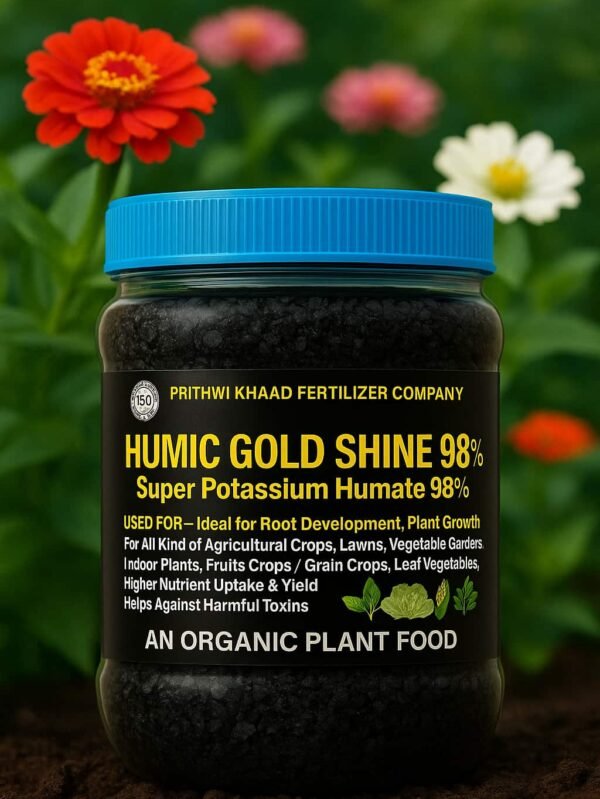
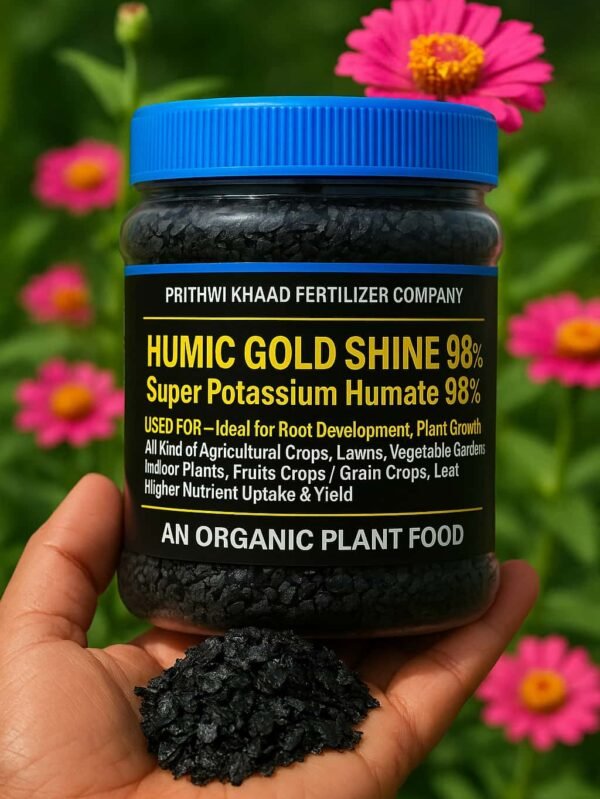
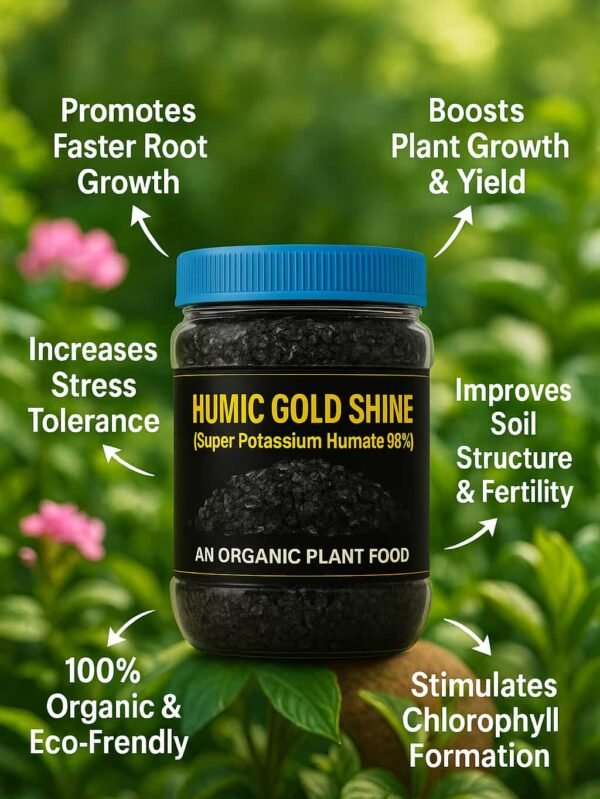
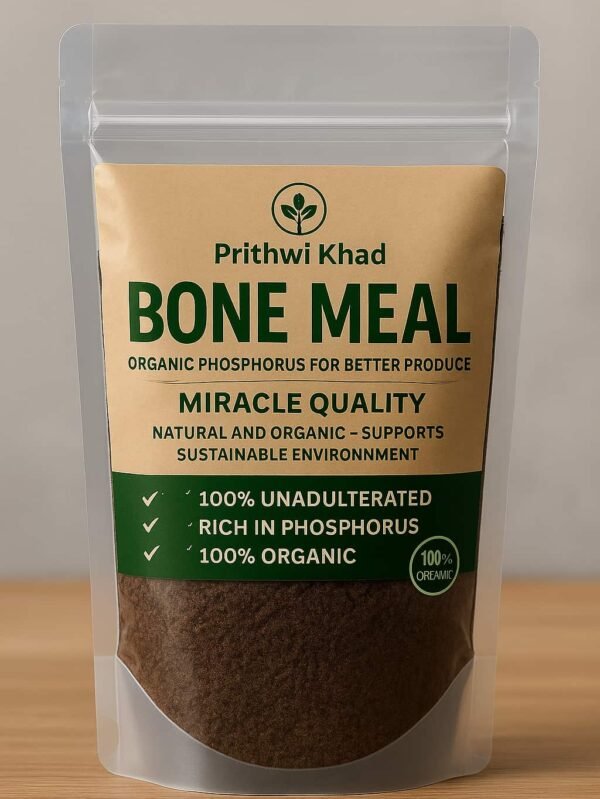
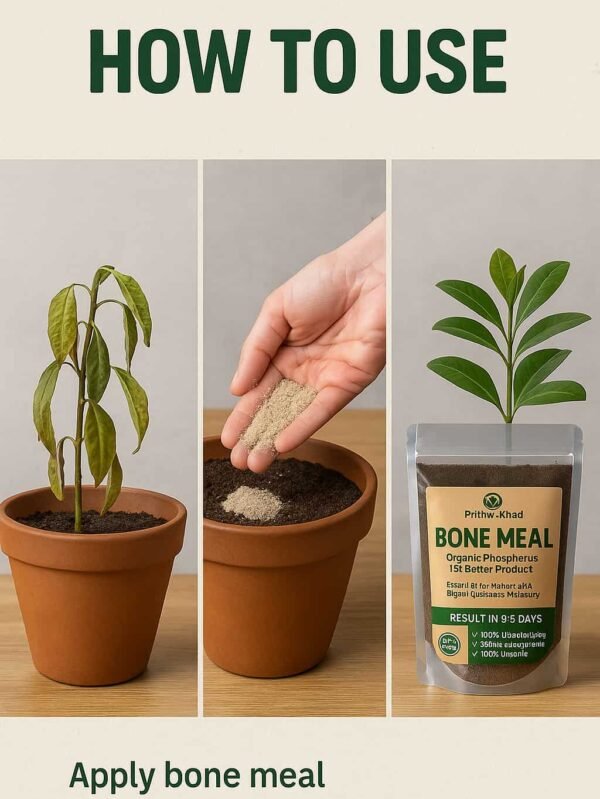
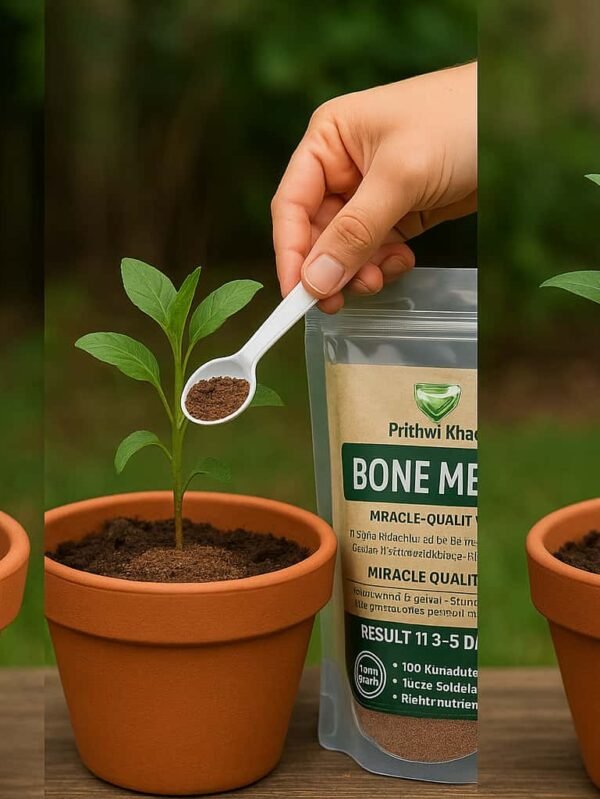
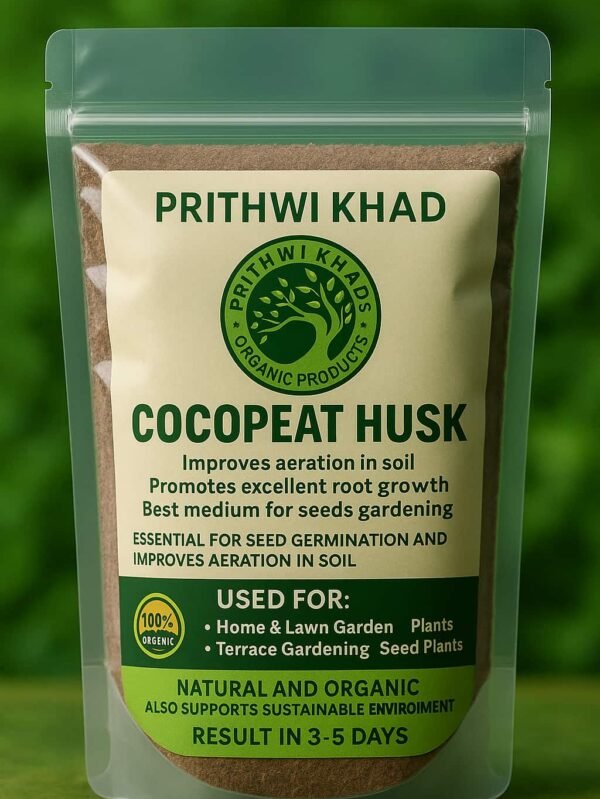
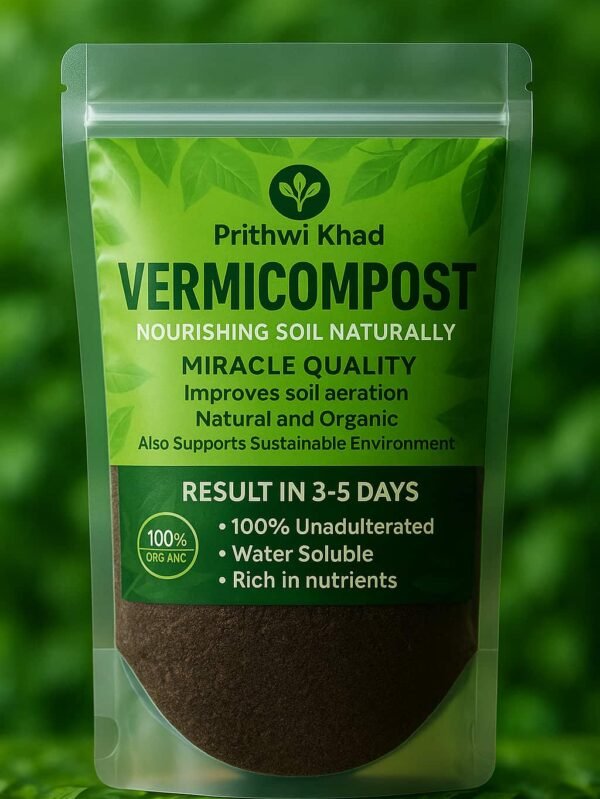
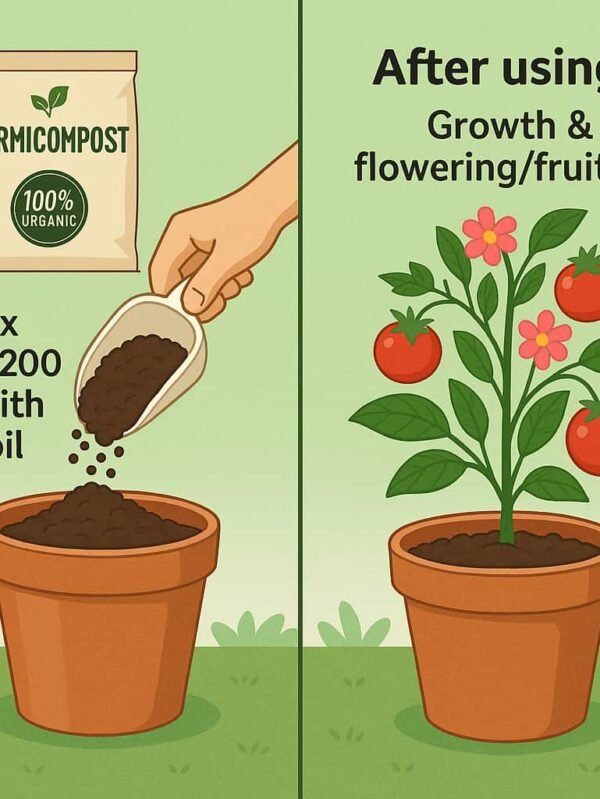
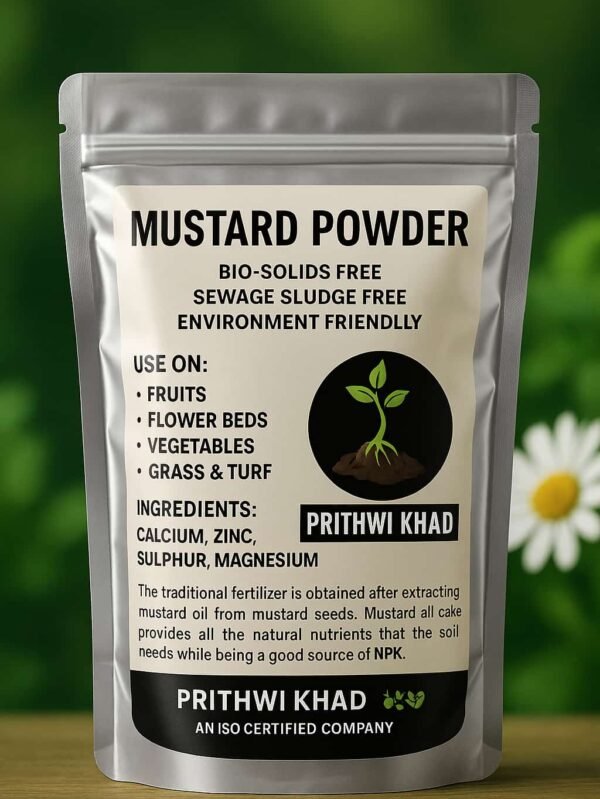
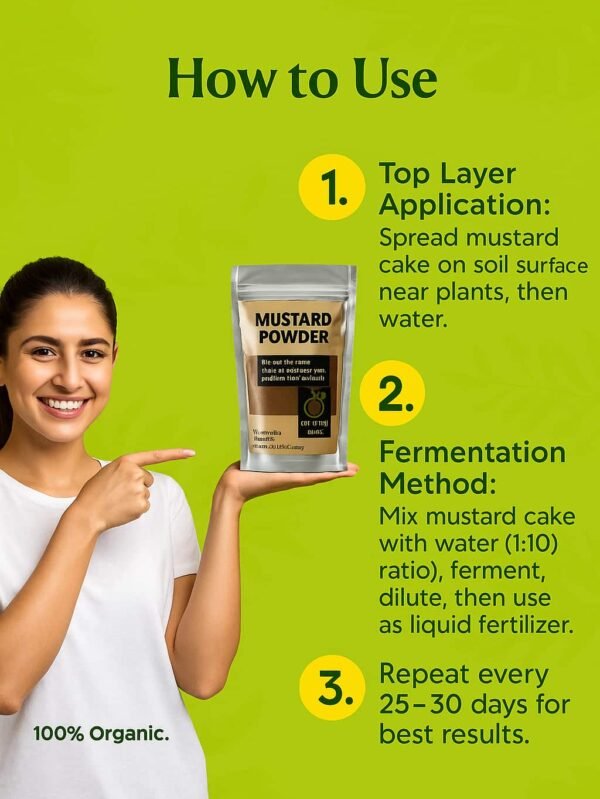
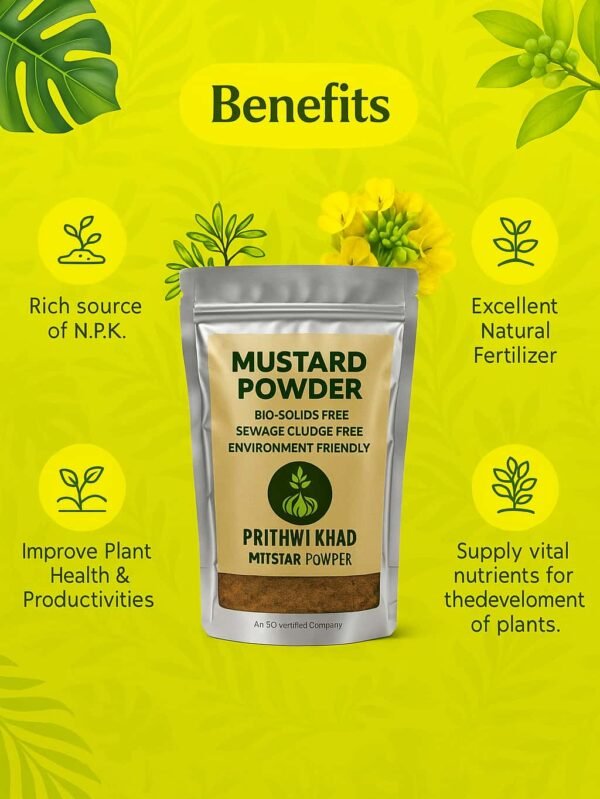
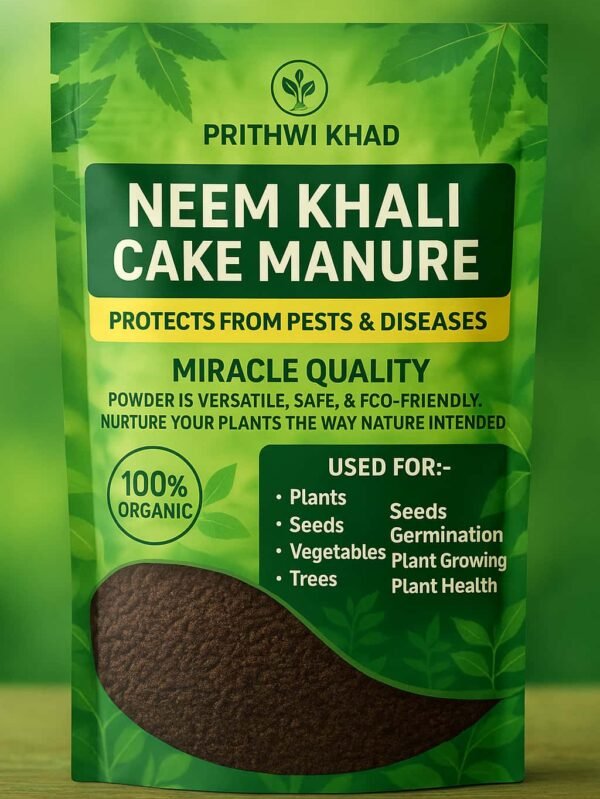
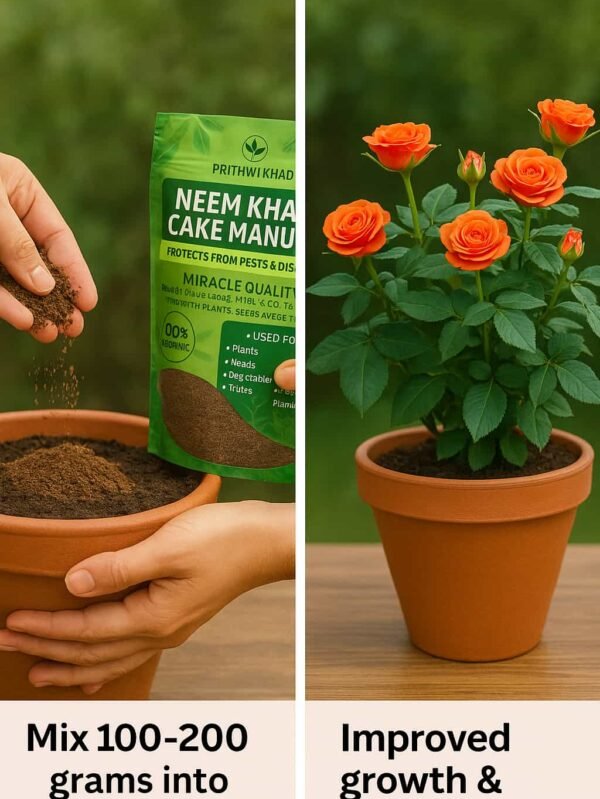
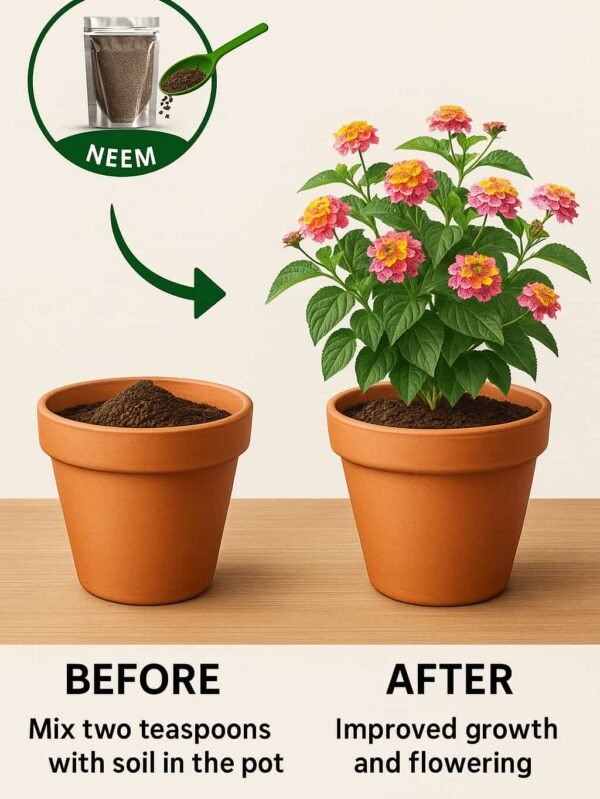
Reviews
There are no reviews yet.